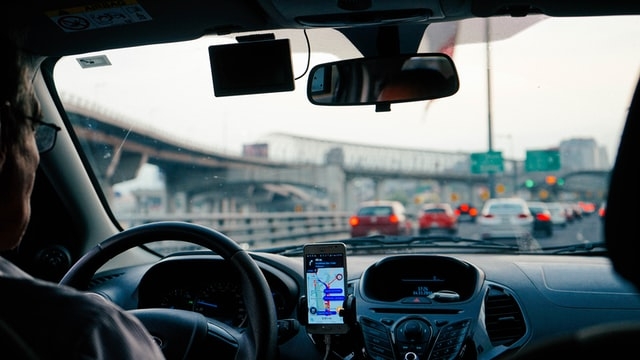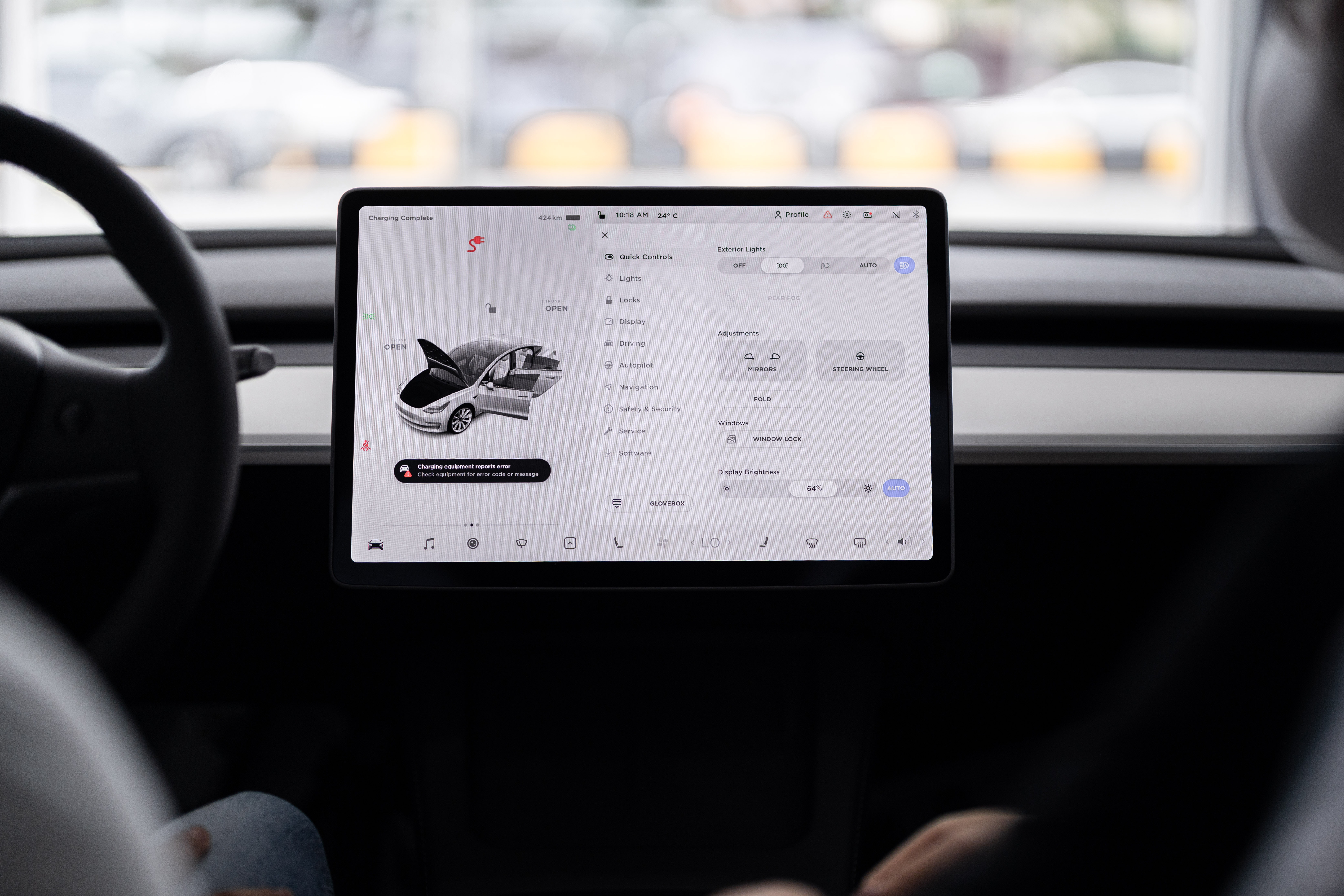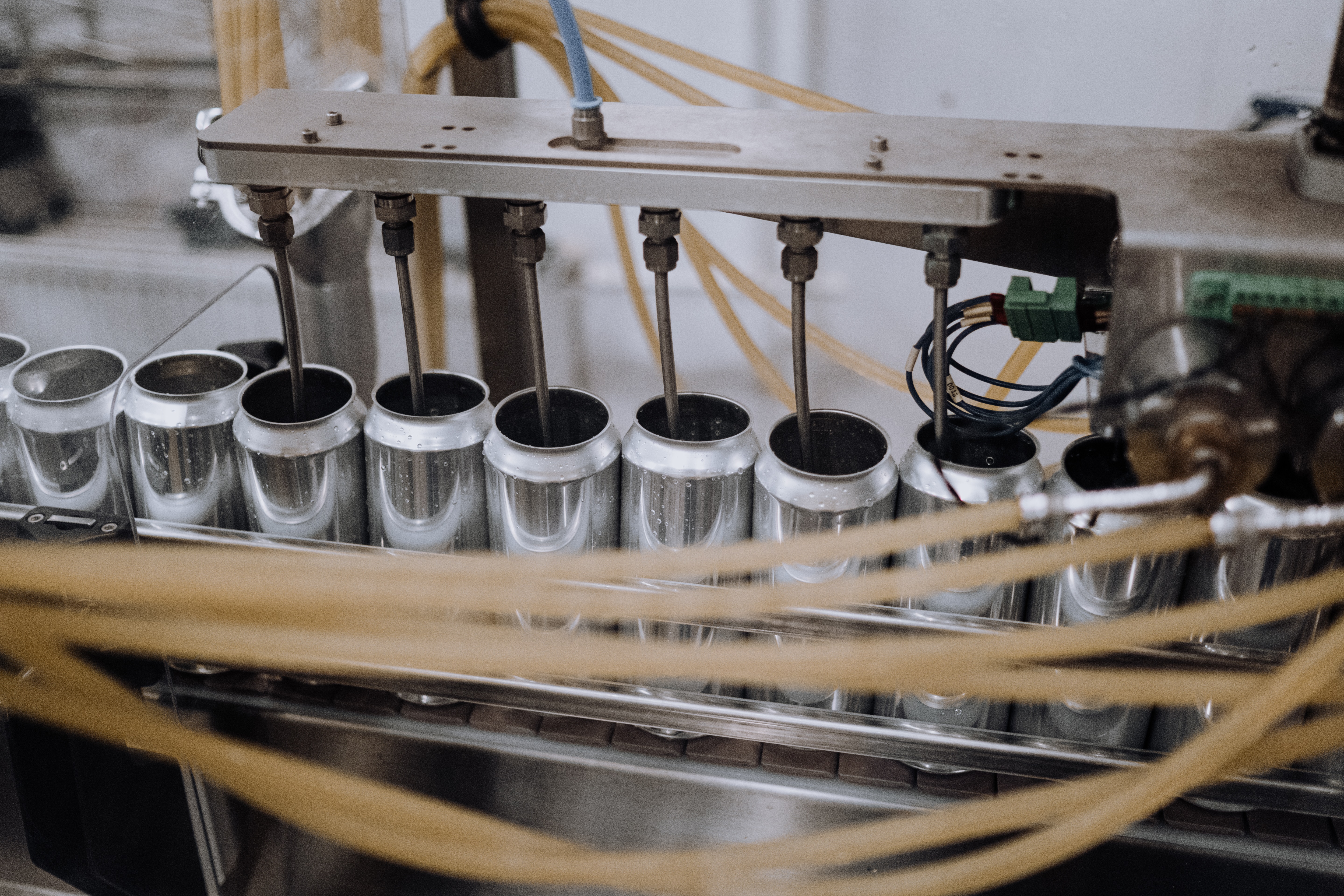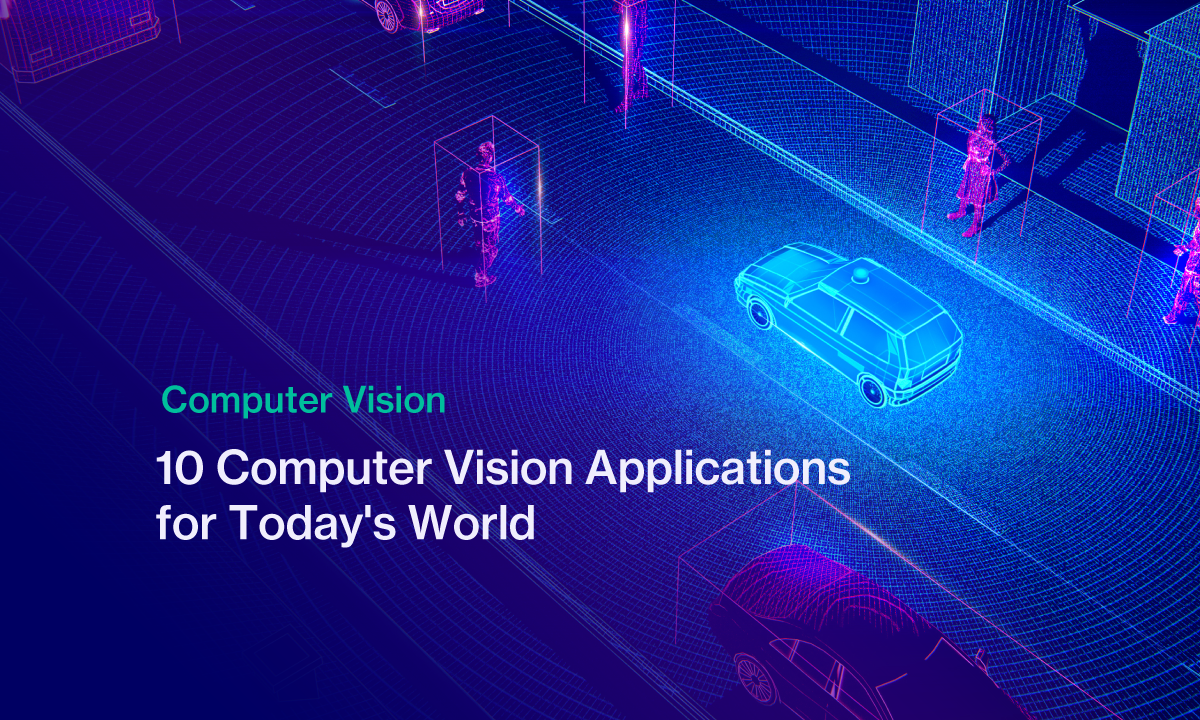Computer vision applications enable machine learning models to recognize, analyze, and comprehend data from digital photos and videos. It allows artificial intelligence (AI) models to “see” the world around them.
Machine and deep learning advances have been crucial to the success of computer vision programs. From object identification, to picture production, to style transfer, to image captioning–computer vision, and the applications of computer vision, have created a new world of opportunities for those building AI models for practical applications.
This article will outline the various computer vision applications that are changing the state of our world while also tackling some practical questions you might have about computer vision or AI in general.
How Is Computer Vision Used in Real Life?

You may already be familiar with computer vision applications and you don’t even realize it. In one sense, modernized cameras with the ability to adjust the lens based on the depth of the object in focus, adjust for lighting, and automatically reduce issues with red-eye are the earliest forms of computer vision. That being the case, computer vision has been used in everyday life for a few decades now!
Since then, applications of computer vision have expanded to include more tasks such as self-driving cars, cancer detection tech, and ball-tracking cameras in sports. Some applications may seem fictional but computer vision has come a long way and is far more common than many think and functions in the background of our lives.
What Is a Computer Vision Example?

Let’s use a popular topic of discussion when it comes to computer vision being used in daily life: self-driving cars.
Thousands of engineers and developers are putting the futuristic idea of self-driving cars to the test and increasing their dependability and safety. Many of them are on the road today and being used by civilians.
The question is: how do they work? Computer vision is used to recognize and categorize objects picked up by the various cameras on the vehicle, like road signs or traffic signals, construct 3D maps, and estimate motion. The AI model is taught how to react and operate within the visual parameters set and learns as it continues to drive.
This process of training the machine learning model takes lots of time. However, the models and programs can be reproduced and implemented in other types of vehicles with various arrangements of cameras. With small tweaks and modifications being uploaded directly to the technology inside the vehicle Computer Vision AIs can learn extremely quickly and efficiently.
Now, a self-driving car is one of the most obvious examples of computer vision applications being used today. Let’s take a look at 10 other applications of computer vision that you may not realize you interact with daily.
1. Parking Occupancy Detection

Some parking garages or parking lots have lights or cameras over the parking spaces that indicate whether or not a parking spot is occupied. These are functioned using Computer Vision to verify if a parking space is taken with visual parameters.
Computer vision is already commonly utilized for visual parking lot occupancy detection for parking and guidance systems, especially in urban areas. Utilizing computer vision allows for an ease-of-use experience for both those managing these parking spaces and those using them.
Camera-based parking occupancy detection systems have swiftly acquired exceptionally high accuracy, nearly impervious to variations in illuminance and weather conditions, thanks to the development of neural networks.
2. Crop and Production Monitoring
While many do not directly interact with crop monitoring, computer vision has influenced the production outputs of various crops across the agricultural industry.
Crop monitoring has always relied on subjective human assessment, but that takes a long time to record data and can often be unreliable. Using computer vision applications synced up with 24/7 video monitoring, crop growth can be managed and scrutinized around the clock and even indicate when crops might need intervention to improve their growth or production.
When compared with the efficiency and efficacy of manual operations, real-time crop growth monitoring using computer vision technology can identify small changes in crops and yields that need human intervention to correct or overcome in a timely fashion. You can thank computer vision applications for food being regularly available in your grocery store, for example.
3. Pedestrian Detection Systems

In line with self-driving cars, pedestrian detection systems have affected your life more than you know. These systems are able to detect, record, and store data about intersections and determine how busy they are, how quickly pedestrians move across them, how many cars cross paths with certain crosswalks, which pathways are more commonly used, etc.
With improved and increased computer vision models being able to organize all this information, industries like city planning, infrastructure, and construction can coordinate more pedestrian-friendly cities, reduce time spent in traffic for vehicle drivers, and even train self-driving cars on how to recognize congested intersections and stray away from pedestrian-heavy traffic areas.
4. Cancer Detection and Analysis
Cancer detection analysis is a technology that is increasing the healthcare industry’s ability to save patients or recognize early cancer warning signs.
Computer vision applications have been created and used that can detect abnormalities, possible tumors, and even potentially aggressive tumors that are otherwise too subtle for the human eye to catch easily.
While doctors and surgeons are professionally trained to keep an eye out for some of these warning signs, there are often incredibly small differences in tissue thickness, size, location, etc. that can be missed.
With the introduction of specialized computer vision models, x-rays can be scanned to detect some of the most minute differences that could mean the difference between catching a potentially cancerous tumor early enough to battle or lead to a long, hard battle with cancer for the patient.
5. Product Quality Management

The manufacturing industry is a perfect example of what happens when industries start taking advantage of the applications of computer vision.
In “smart factories,” smart camera applications provide a scalable solution for automating visual inspection and quality control of various manufacturing processes.
In these instances, deep learning models employ real-time item detection to get better outcomes (detection accuracy, speed, objectivity, and dependability) than time-consuming manual inspection.
While these are typically performed with products like tools and equipment, the applications are constantly being tweaked and improved to be used for goods like non-perishable food and other grocery items.
6. Self-checkout
One computer vision application you probably use every week without a second thought is the self-checkout at your local grocery store.
These are some of the most often overlooked applications of computer vision because we take them for granted having seen them become rare, then used by certain chains, and then become a staple nationwide across a wide variety of stores and retail locations.
However, if it wasn’t for computer vision technology that is always evolving and improving, then self-checkouts would never have been possible.
7. Customer Traffic Tracking

Have you ever noticed how your local retail store is constantly rearranging where certain items are located? This is an old marketing technique that has been given new life with the emergence of computer vision technology!
Retailers are able to track foot traffic in their stores to determine where customers are spending the most time, whether they are actively shopping or not.
This allows them to carefully place promotional or discounted items in locations where they know customers are going to almost always end up walking or standing by.
8. Predictive Maintenance
Another area in the manufacturing industry where computer vision applications are utilized regularly is in the area of preventive maintenance. AI models can be trained to recognize small differences in machinery that could lead to big trouble down the road.
This means they are able to send alerts to the appropriate personnel when a machine is in need of repair or maintenance before it becomes a major issue.
This means less downtime for assembly lines resulting in less out of stock items and quicker shipping times. Computer vision goes a long way in improving convenience for businesses and customers alike.
9. License Plate Recognition

While some of the things you see in movies and television are exaggerated, the ability for police to track and detect license plates are fairly accurate. Police and security personnel are able to use these computer vision applications to detect and track license plates for a multitude of reasons.
While this may seem invasive at times, it allows for officers to keep areas safe from those who may be involved in criminal activity as well as being able to track down loved ones who have run away, been taken, or are lost.
10. Digital Banking
One regular, everyday application of computer vision many people overlook is the ability to deposit checks digitally with their banking apps.
The ability to take a picture that can detect and capture all the appropriate information, securely store and catalog it as needed to make a bank transfer, and then perform the banking transaction as requested is a complicated process only made possible by AI computer vision models.
Sometimes, it is the mundane applications that can have the most impact on our ability to work in tandem with ever-evolving technology.
Want to Know More About Computer Vision Applications?
While the field of computer vision is both complicated and simple at the same time, it also has a lot of overlap with our daily life. There are hundreds of other applications of computer vision models that are more extreme (and more mundane) than our list here.
What do you think? Anything we missed that you think we should include? We’d love to hear from you!
If you want to start using computer vision for your business, then we would like to help or point you in the right direction. Contact us for any questions you might have! Otherwise, browse more articles related to computer vision, machine learning, or a plethora of other topics, over on our blog.


